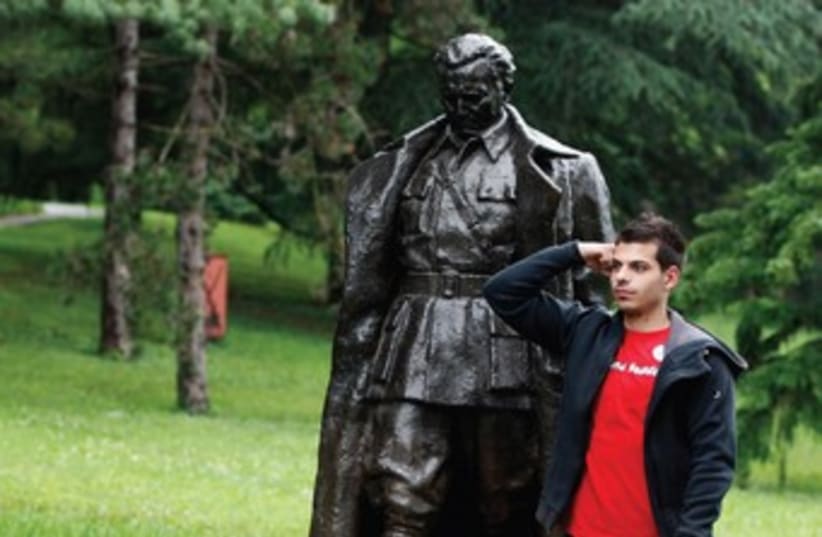Time for Serbia to right an historic wrong
On the 66th anniversary of his death this year, it’s time the Serbian people complete their break from their Communist Yugoslav past and rehabilitate Draza Mihailovich to his proper and rightful place in history.
